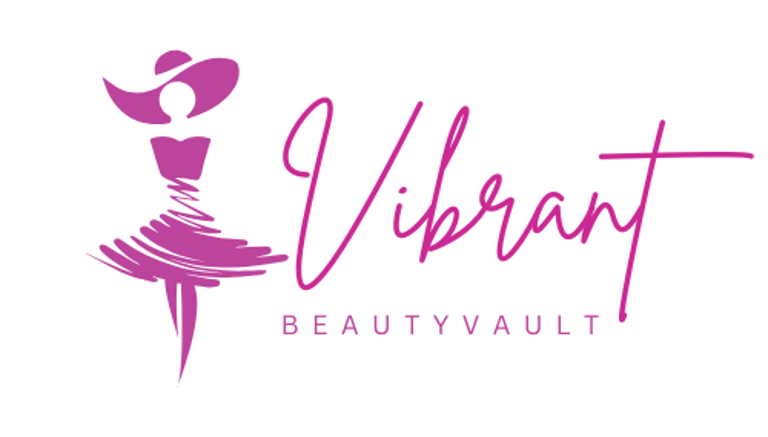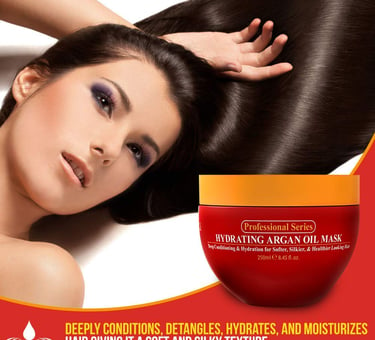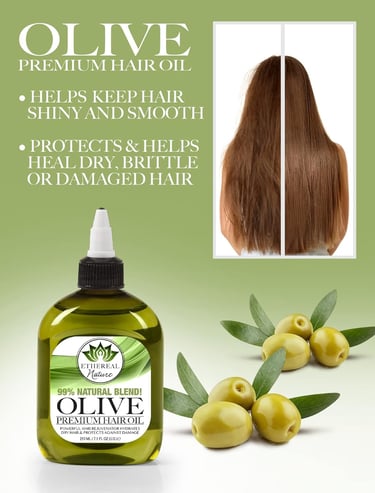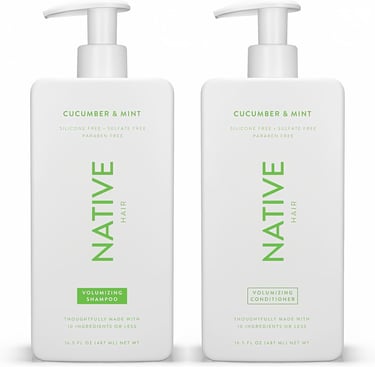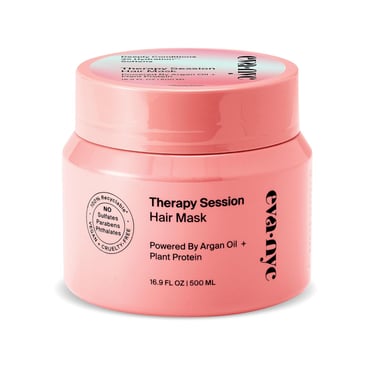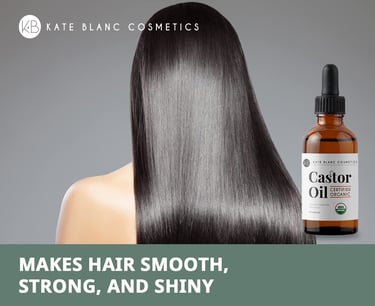Natural Remedies for Repairing Damaged Hair
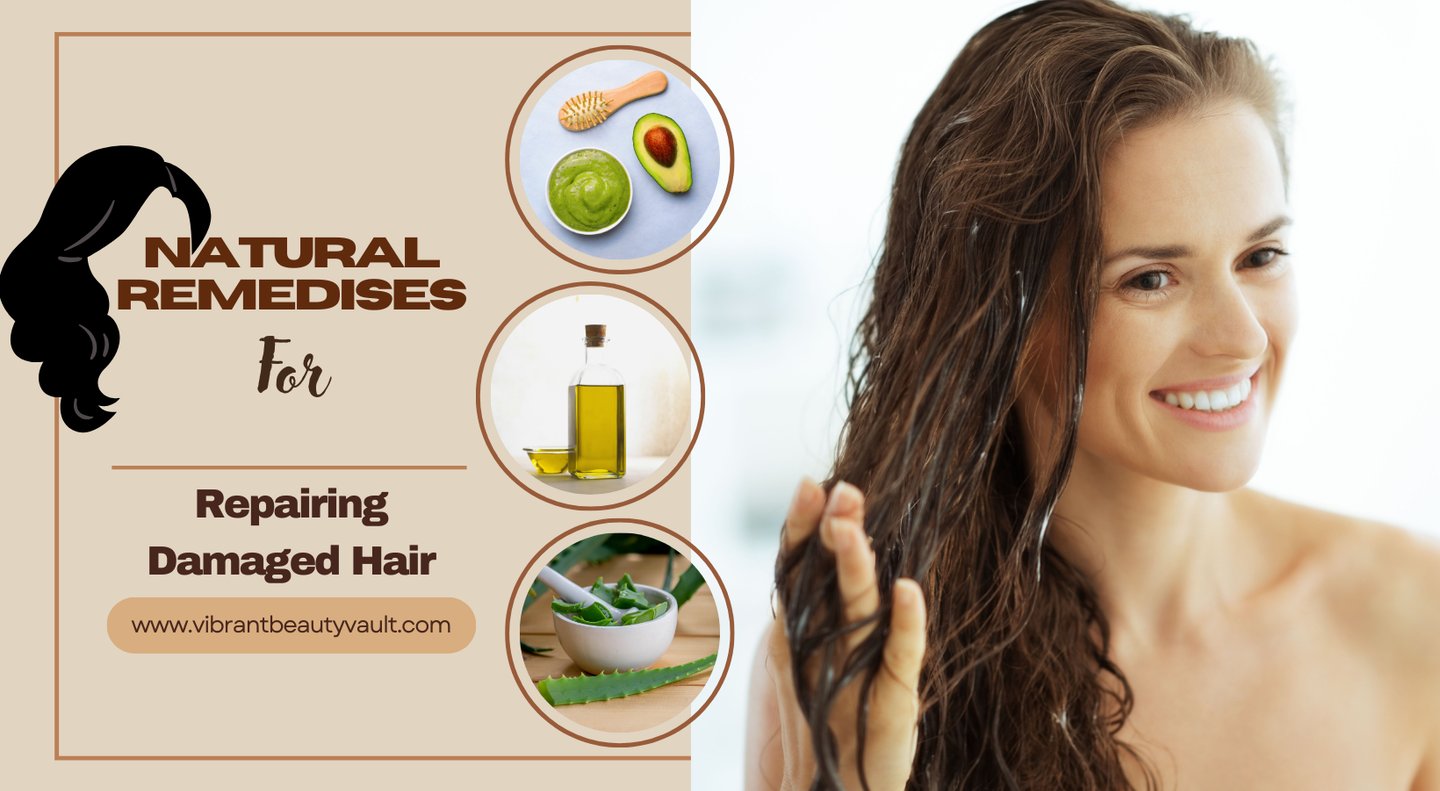

Understanding Hair Damage
Hair damage can be a common misfortune for many individuals due to various factors, including environmental stressors, heat styling, chemical treatments, and inadequate hair care practices. Recognizing the symptoms of damaged hair—such as brittleness, split ends, dryness, and lack of shine—is the first step in the journey toward restoration. Fortunately, there are several natural remedies that can effectively repair damaged hair and promote healthier strands over time.
Damaged hair can be a source of frustration, but with the right care and natural remedies, you can restore its health and shine. Whether your hair is dry, brittle, or over-processed, these tips will help you repair and rejuvenate your tresses without relying on harsh chemicals.
1. Assess the Damage
Before you start repairing your hair, it’s essential to identify the type and extent of the damage. Common signs include:
Split ends that make your hair look frayed.
Dryness and brittleness that cause your hair to snap easily.
Frizz and tangling, making it hard to manage.
Lack of shine, giving your hair a dull appearance.
Breakage, leading to uneven hair length and thinning.
Understanding your hair’s needs will help you choose the right remedies and target the problem effectively.
2. Trim Split Ends
The first step to healthier hair is getting rid of split ends. Split ends travel up the hair shaft, causing further damage. While natural remedies can improve your hair’s overall health, split ends cannot be repaired. Schedule a trim every 6-8 weeks to keep your hair looking fresh and prevent further damage.
Pro Tip: If you’re trimming at home, use sharp hair-cutting scissors to avoid causing additional breakage.
3. Use Natural Oils
Natural oils are packed with nutrients that nourish and repair damaged hair. Some of the best options include:
Coconut Oil: Deeply hydrates and strengthens hair. Its small molecular structure allows it to penetrate the hair shaft and prevent protein loss.
Argan Oil: Rich in antioxidants, vitamin E, and fatty acids, it helps repair split ends, reduce frizz, and add shine.
Olive Oil: Contains emollients that moisturize dry hair and protect it from further damage. It’s especially effective for thick or coarse hair.
Castor Oil: Known for its thick consistency, it promotes hair growth, reduces breakage, and locks in moisture.
How to Use: Warm a small amount of your chosen oil in your palms or a microwave-safe bowl. Massage it into your scalp and work it through to the ends. Cover your hair with a shower cap and leave it on for at least 30 minutes or overnight for deeper hydration. Rinse with a gentle shampoo.
4. Try a DIY Hair Mask
Homemade hair masks are a cost-effective way to restore moisture and repair damage. Here are a few recipes:
Avocado and Honey Mask: Mash one ripe avocado and mix it with two tablespoons of honey. Avocado provides essential fatty acids, while honey locks in moisture. Apply to damp hair, leave for 30 minutes, and rinse thoroughly.
Banana and Yogurt Mask: Blend one banana with half a cup of plain yogurt. Bananas provide potassium and natural oils, while yogurt adds protein and soothes the scalp. Apply the mixture to your hair, leave it on for 20 minutes, and rinse.
Egg and Olive Oil Mask: Beat one egg and mix it with two tablespoons of olive oil. Eggs are rich in protein, which helps strengthen hair, and olive oil adds moisture. Apply to your hair, leave for 20 minutes, and wash with cool water to avoid cooking the egg.
5. Use Aloe Vera
Aloe vera is a natural moisturizer that soothes the scalp and repairs damaged hair. It contains enzymes that promote healthy hair growth and repair dead skin cells on the scalp.
How to Use: Extract fresh aloe vera gel from a leaf and apply it directly to your hair and scalp. Massage gently and leave it on for 30 minutes before rinsing with lukewarm water. For extra nourishment, mix the gel with coconut oil or honey.
6. Avoid Heat Styling
Excessive use of heat tools like straighteners, curling irons, and blow dryers can worsen hair damage by stripping moisture and weakening the hair shaft.
What to Do Instead:
Embrace air-drying and heatless styling techniques like braids or twists.
If you must use heat tools, always apply a heat protectant spray to create a barrier and minimize damage.
7. Switch to Gentle Hair Products
Many commercial shampoos and conditioners contain harsh chemicals that strip your hair of its natural oils, leading to dryness and brittleness.
What to Look For:
Sulfate-Free Products: These are gentler on the hair and scalp.
Paraben-Free Formulas: Reduce exposure to synthetic preservatives.
Natural Ingredients: Aloe vera, shea butter, keratin, and argan oil are excellent for repairing and moisturizing hair.
8. Protect Your Hair
Environmental factors like sun exposure, pollution, and chlorine can damage your hair over time. Protect it by:
Wearing a Hat or Scarf: Shield your hair from harmful UV rays.
Using Leave-In Conditioner with UV Protection: Prevents sun damage and keeps hair hydrated.
Rinsing Before Swimming: Wetting your hair with clean water before entering a pool reduces chlorine absorption.
9. Eat a Balanced Diet
Healthy hair starts from within. Your diet should include:
Protein: Found in eggs, fish, chicken, and legumes, it strengthens hair strands and prevents breakage.
Omega-3 Fatty Acids: Found in salmon, walnuts, and flaxseeds, they promote scalp health and add shine.
Vitamins A, C, and E: Found in fruits and vegetables, they improve hair texture and protect against damage.
Biotin and Zinc: Found in nuts, seeds, and whole grains, these nutrients support hair growth and prevent thinning.
10. Stay Hydrated
Dehydration affects not only your body but also your hair. Drink at least 8-10 glasses of water daily to keep your hair and scalp hydrated. Proper hydration improves elasticity, reducing the likelihood of breakage.
11. Be Patient
Repairing damaged hair takes time and consistency. Stick to your natural hair care routine and be gentle with your hair to avoid further damage. Over time, you’ll notice improvements in texture, strength, and shine.
With these natural remedies and lifestyle changes, you can restore your hair’s health and vitality. Remember, consistency is key, so make these tips a part of your regular routine for the best results. Your hair will thank you!
Additional Suggestions for Healthy Hair
In addition to these remedies, there are several lifestyle changes and practices that can help maintain hair health:
Avoiding Heat Styling: Limit the use of heat-styling tools such as blow dryers, straighteners, and curling irons, as they can lead to further damage.
Gentle Combing: Use a wide-tooth comb to detangle wet hair, avoiding breakage that can occur when hair is pulled or yanked.
Healthy Diet: A balanced diet rich in vitamins and minerals, especially those high in Omega-3 fatty acids, can support hair growth and overall health.
Regular Trimming: Trim your hair every six to eight weeks to remove split ends and promote healthier-looking hair.
In conclusion, repairing damaged hair naturally is achievable with the right techniques and remedies. By incorporating coconut oil, aloe vera, and avocado into your hair care regimen, alongside adopting healthier habits, you can restore your hair’s vitality and shine, ensuring it remains beautiful and resilient.
